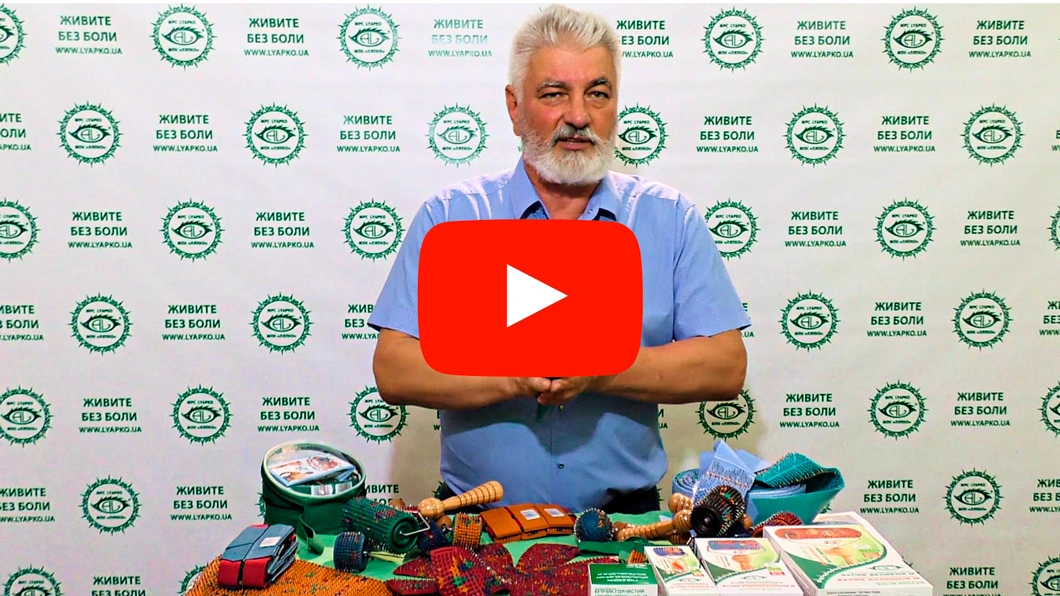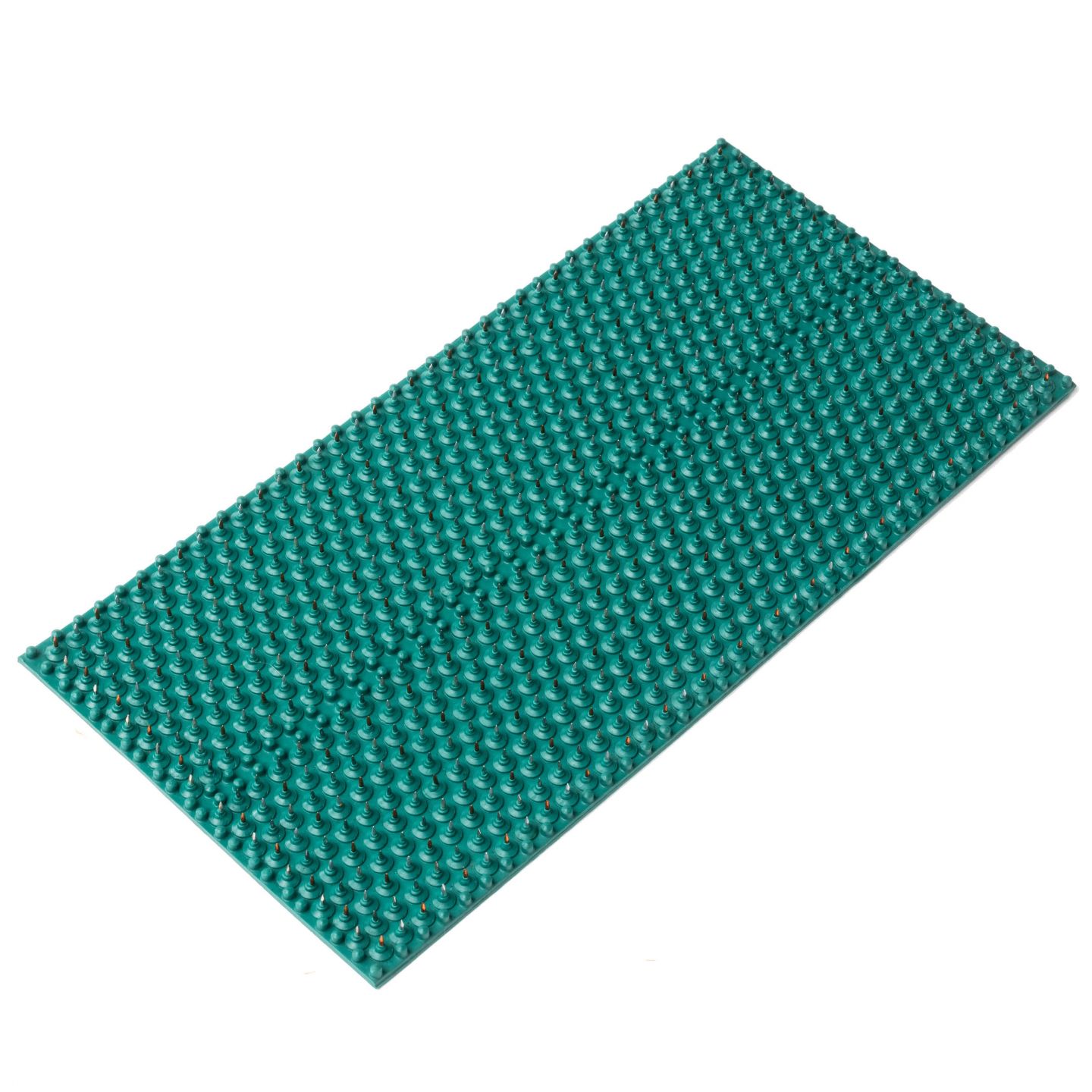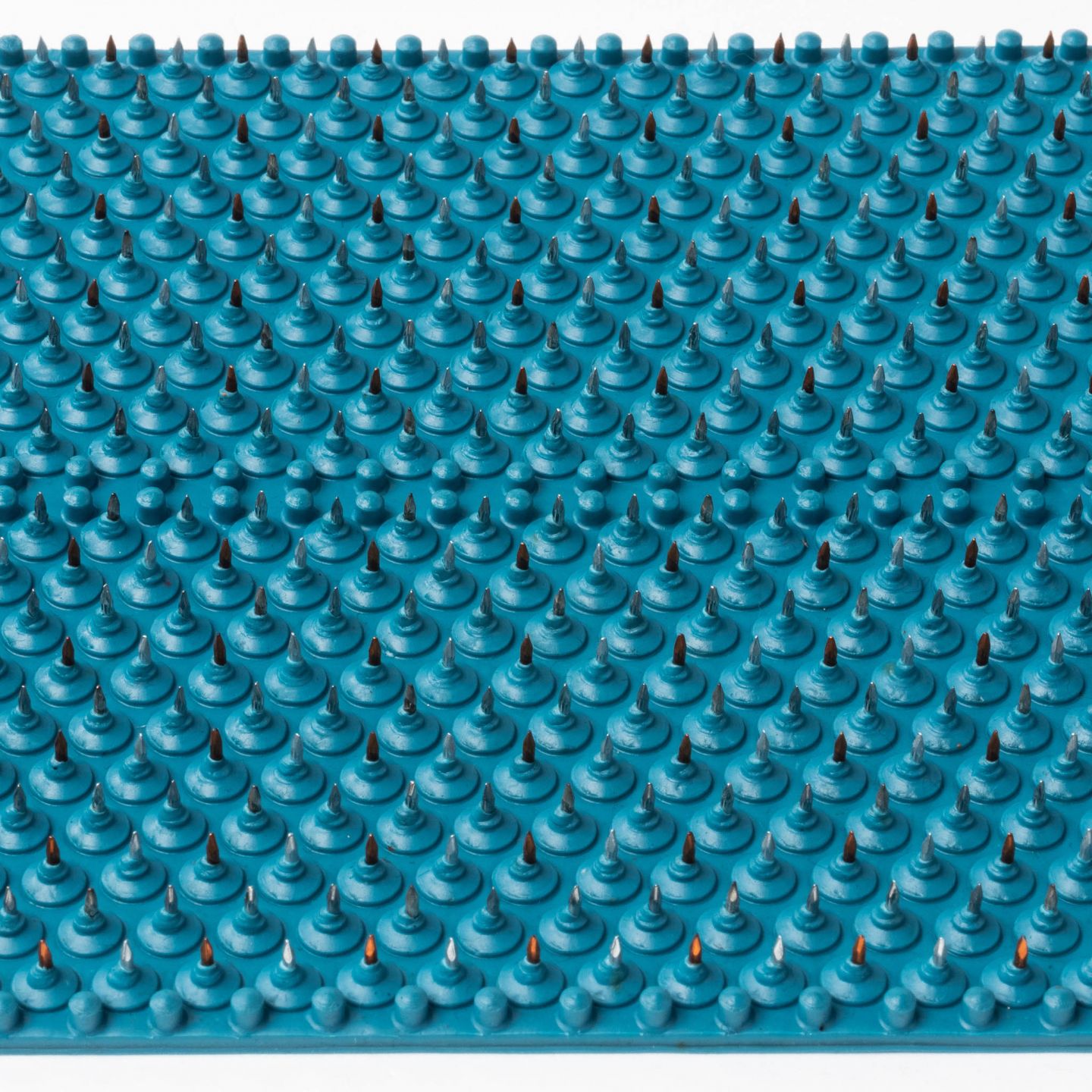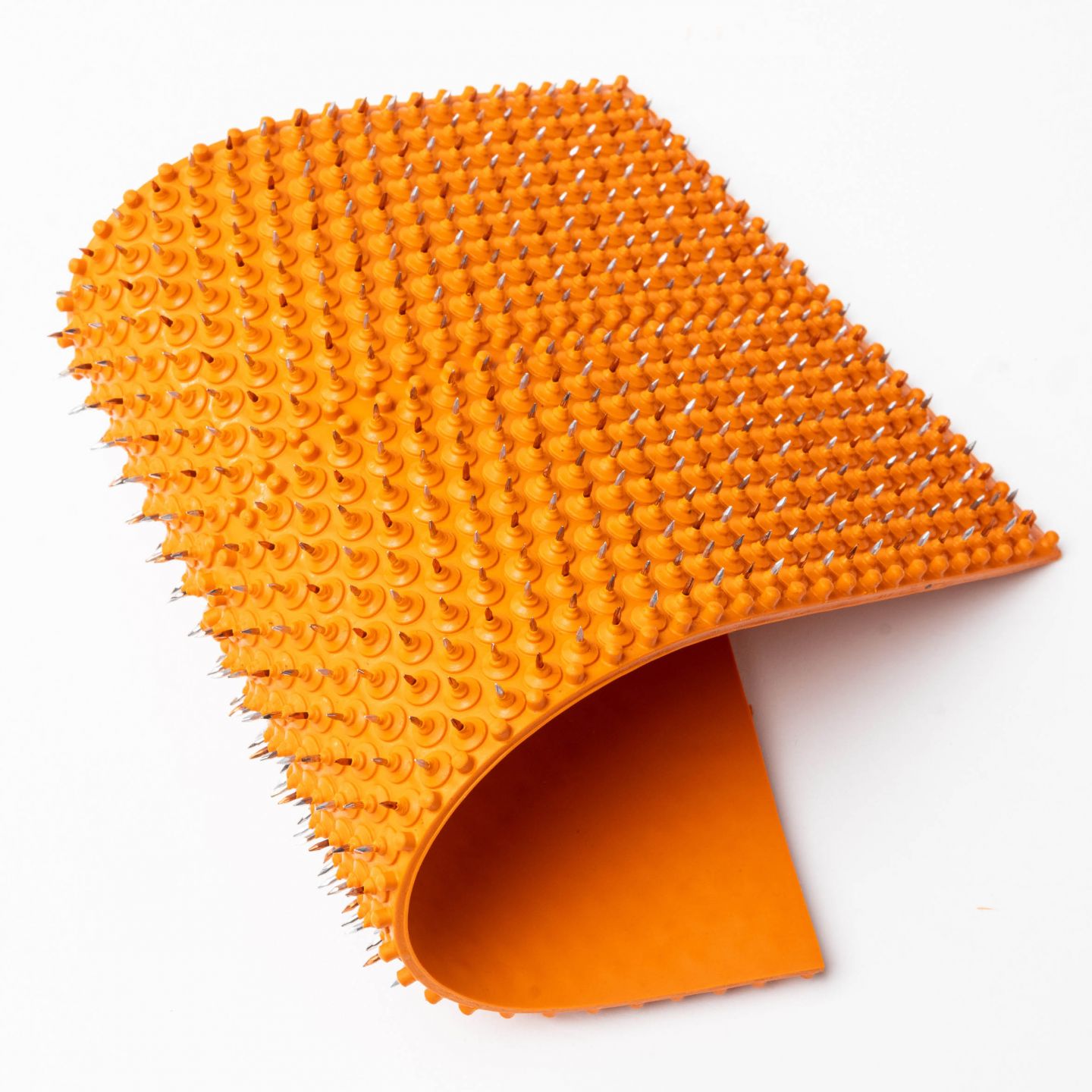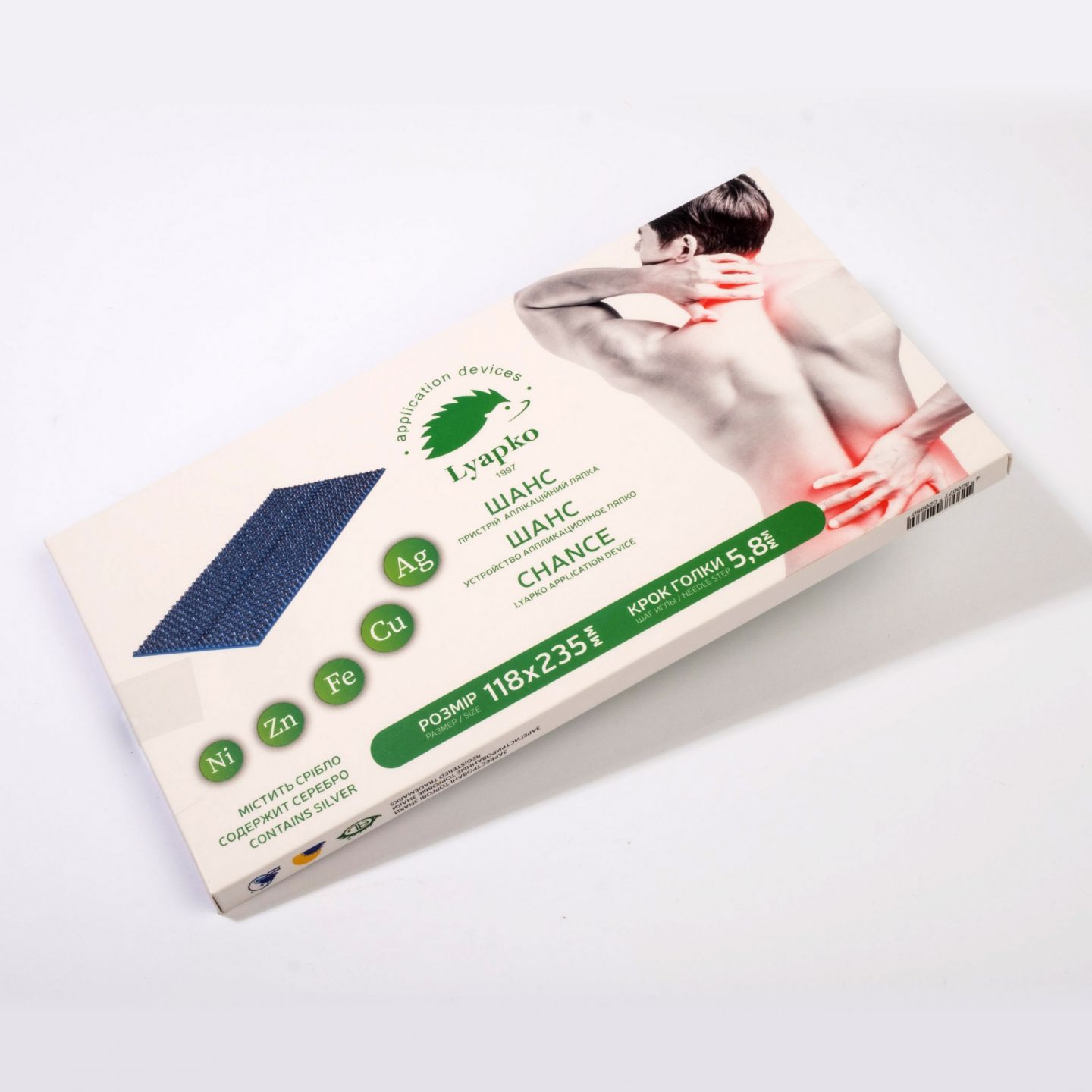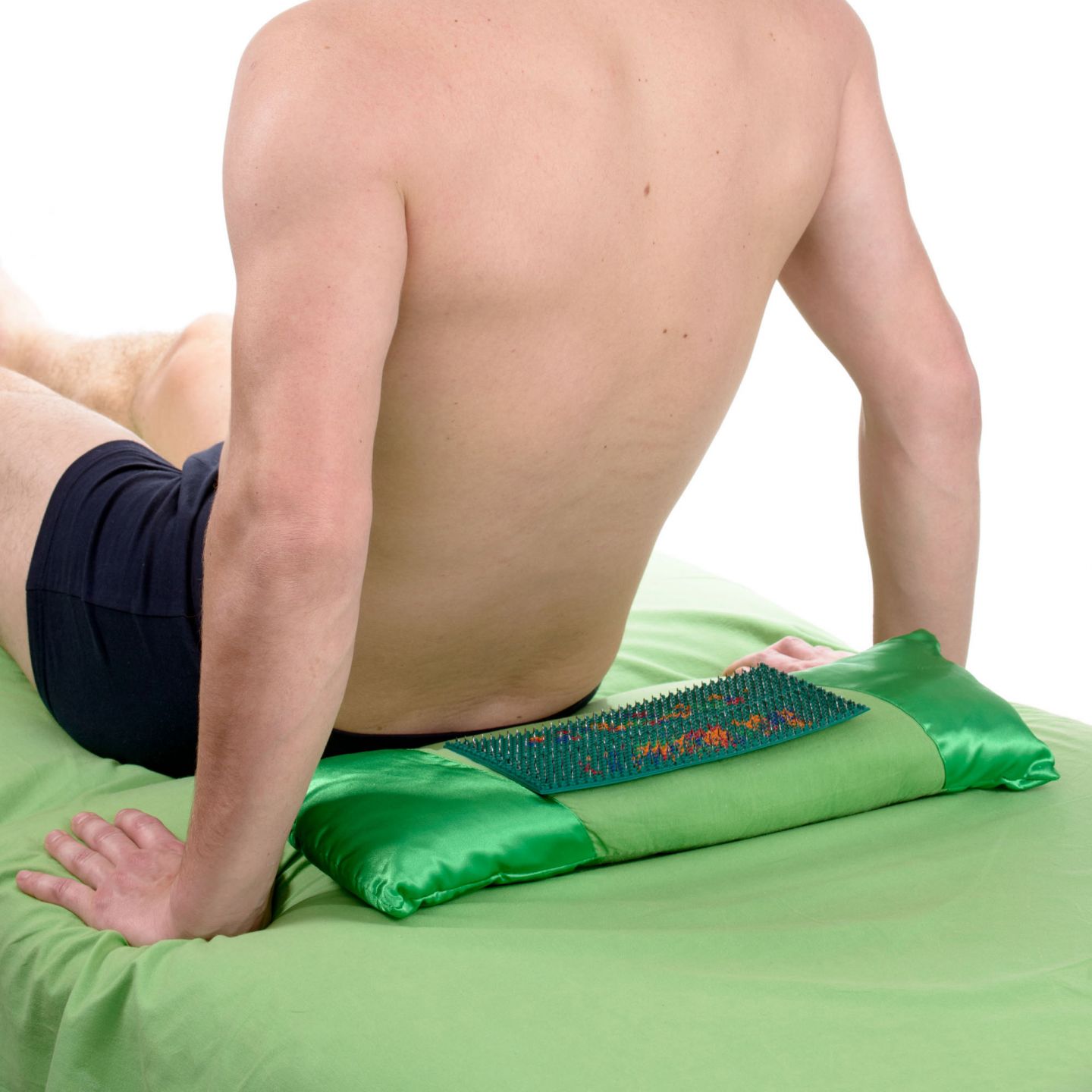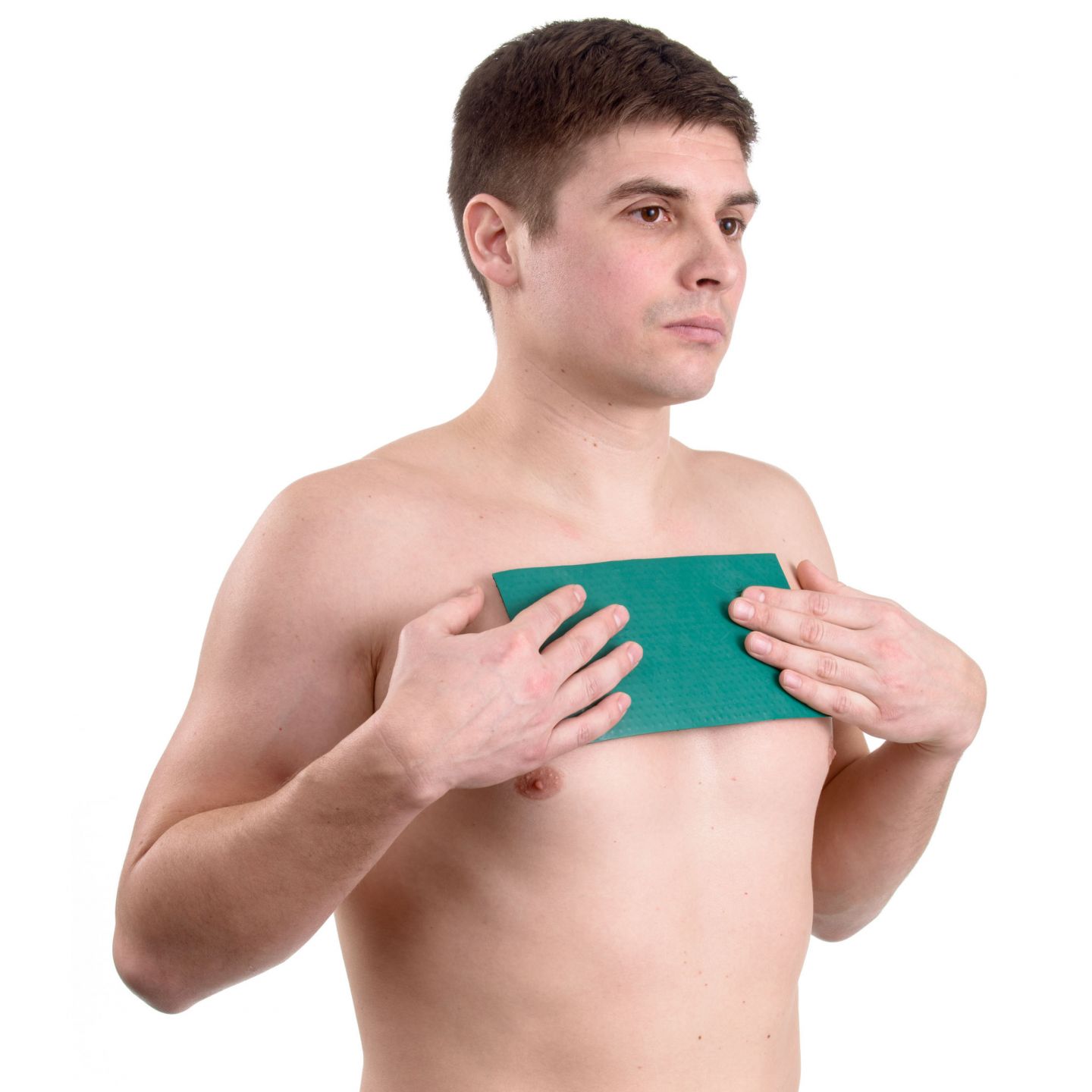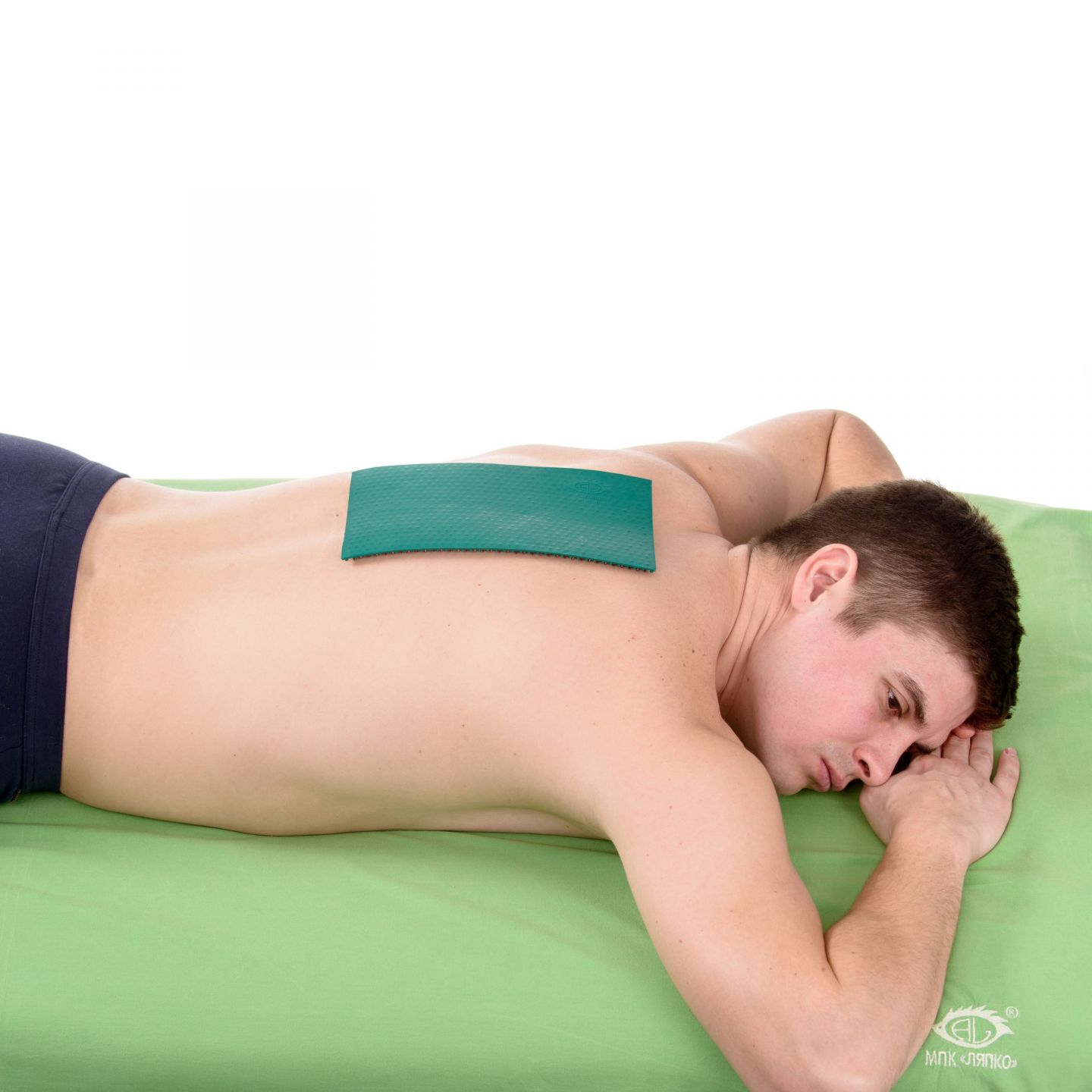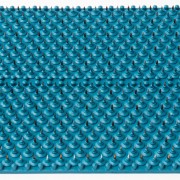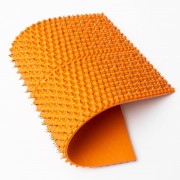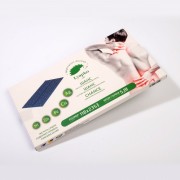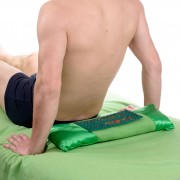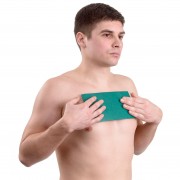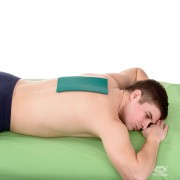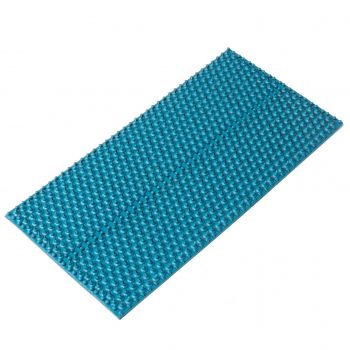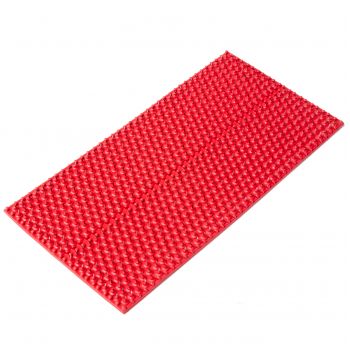CHANCE 5.8 Ag
Choose a color
-
542 грн.
Feature
Description
Application device Lyapko flat "Chance", needle step - 5.8, size - 118x235 mm, number of needles - 890. Composition: iron, copper, nickel, zinc, silver, rubber for medical purposes. Color: blue, red, orange, green, blue.
Universal needle pitch fits almost all patients. It can be used independently or with other LAD on any zones.
The high therapeutic and health effect is due to the pronounced reflex-mechanical, galvanic-electrical and immunological properties of Lyapko applicators. As a result of their use, the activity of the musculoskeletal system, nervous, cardiovascular, lymphatic, digestive and other systems of the body is normalized.
Lyapko's applicator in the complete absence of side effects causes the body's defenses to "wake up" and engage in active struggle with the disease.
Lyapko's application devices in the process of use come into contact with the skin without damaging it, and have no blood contact. In medical institutions after a session of applications, they should be disinfected according to the Standards for disinfecting medical devices by immersing them in a disinfectant solution. For disinfection, non-chlorine-containing disinfectants for products made from medical rubber and non-corrosion resistant metals are used, which are allowed for use in medical institutions in accordance with the methodological guidelines for their use.
When used individually, the Lyapko applicator does not need disinfection. Hygienic care includes: treatment with a washing solution (shampoo, liquid soap), rinsing with running water and drying with a stream of hot air (using a hair dryer). With proper care, the service life of the applicator is 5 - 7 years.
The use of flat applicators - an effective and comfortable way to eliminate pain, relieve fatigue, and in the morning to recharge your life energy for the whole day.
